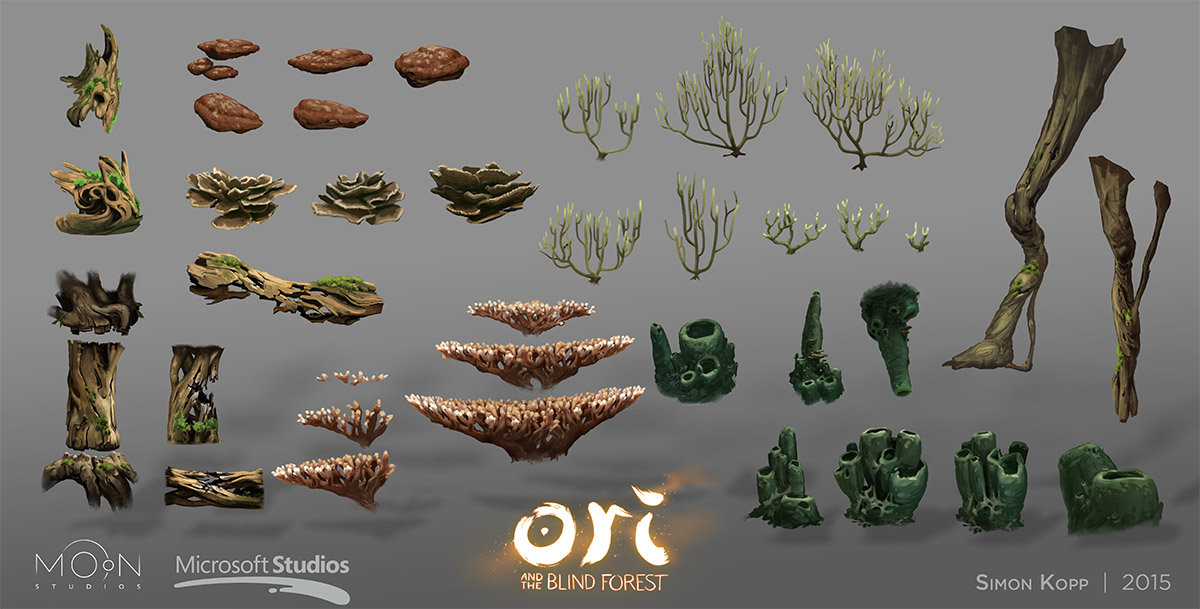Character and Narrative
Study Task 3 - Article 2
- For the second article, I decided to explore 2D Concept Art and briefly cross compare using predominantly 2D concept art, as a comparison to using 3D tools and 3D Concept Art. The research I conducted helped develop the reasoning behind creating loose and brief sketches and concepts, in comparison to using 3D tools to create more advanced and developed concepts for ideas. I decided to explore this, as part of my contribution to the groups' project was a lot of concepts at the beginning.
Figure 1
When producing concept art in a 2D medium, a concept artist can produce a variety of quick and simple ideas, on paper. It additionally allows for the exploration of style and the way in which a character or environment is created can be adapted at this stage to fit the narrative and the visual direction of the director. This is something my group had initially explored, at the beginning of Studio Brief One, when creating a character. Concept designer, Urschel, J (2017), who had previously worked for Ubisoft and LucasArts, states that concept art is the, “artistic impression” of a brief, “in order to provide a visual guide for production artists. One limitation to using just primarily 2D for concept work, is that complex forms and structures may not be able to be visualised as quickly, as what using a 3D software would allow. Concept artist, Feghali, W. (no date) states that, “3D renders provide a fantastic plate to paint on, reference model figures that you can design on top of, automatic perfect perspective for scenes, and tons more.” The 3D tools can help provide perspective and is being used more predominantly by professional concept artists, to quickly visualise more complicated ideas or to have a rough guideline for creating environments. In order to create concepts for 2D mediums, the use of 3D tools can help with perspective and simplify complex structures for animation and should be used in future projects and studies to help refine current skills. Arguably, 2D Concept Art works to help establish initial ideas, which don't need to be fully rendered and additionally provides a medium which allows for faster idea generation and an artistic response to a brief, as evident in Figure 1, which is a series of background concepts, which can then be adapted into 3D work. The 2D medium allows for quick renders, to establish a colour palette and mood for an animation.
Urschel, J. “What is Concept Art?” The Ultimate Concept Art Career Guide. Ed. 3Dtotal Publishing. United Kingdom: 3Dtotal Publishing, 2017, pp 10-15, Print.

















































